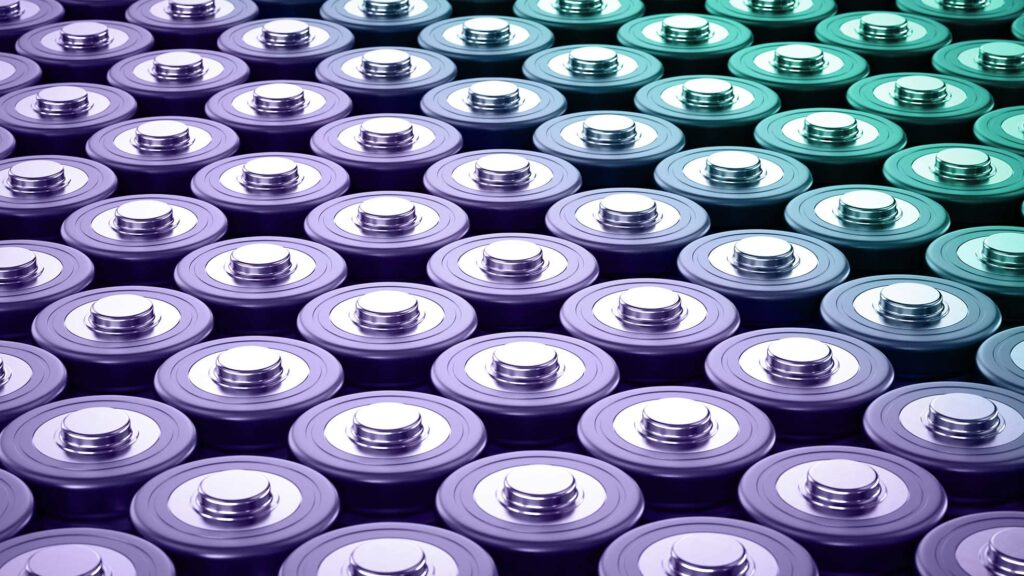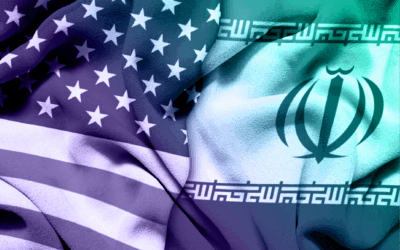By Andrew Gier, CFA, Capstone Energy Analyst
Batteries have been hailed as a sort of “Swiss Army Knife” for the energy transition. They balance the intermittent nature of wind and solar, can alleviate transmission constraints in an era when the difficulty of building new transmission lines has become a national talking point, and even replace the gasoline in our cars. Policymakers have heavily rewarded this versatility. The Inflation Reduction Act (IRA) included generous subsidies for the manufacture and use of battery storage. State-level policymakers have mandated that utilities procure more batteries and have even pushed homeowners to add batteries to their rooftop solar systems installations. From a policy perspective, the news for the battery industry has been overwhelmingly good during the past few years. However, that may be about to change.
The solar industry’s recent history paints a frightening picture of what could be in store for batteries, and the steadily declining cost curve that many energy policymakers envisioned for batteries may not become a reality. Like storage, the solar industry has benefited from generous policy support at both the federal and state levels. While energy policymakers have been overwhelmingly supportive of the industry, trade policy has been a drag on its growth and created an environment where domestic manufacturers and those using domestically produced modules are advantaged.
The solar industry’s recent history paints a frightening picture of what could be in store for batteries, and the steadily declining cost curve that many energy policymakers envisioned for batteries may not become a reality.
We have identified three areas in which the battery supply chain could face similar disruptions. As was the case with the solar industry, these policies focus heavily on China, which accounted for 79% of the lithium-ion batteries produced worldwide in 2020.
Forced Labor
A December report by Sheffield University highlighted connections between battery supply chains in the auto industry and forced labor in the Xinjiang region of China. Subsequent research from Sheffield has identified battery makers Camel Group Co. Ltd., Contemporary Amperex Technology Co. Ltd. (CATL), and Ganfeng Lithium Co. Ltd. as building a presence in the region. Recently, US Customs and Border Protection (CBP) added batteries to its Detention Notice Addendum, which lists supply chain tracing requirements for products subject to Uyghur Forced Labor Prevention Act (UFLPA) enforcement—a clear indication that batteries are on its enforcement radar and shipments could be detained. Proving that shipments do not contain forced labor has been no small task for importers with solar modules caught up in UFLPA enforcement, and battery importers will likely face similar difficulties.
China Tariffs
President Trump’s Section 301 tariffs on Chinese imports remain largely untouched by the Biden administration. However, this might not always be the case. The Biden administration, or a future administration, could increase tariffs on batteries imported from China from their current 7.5% tariff rate to 50% or more. Many have speculated that any adjustment to these tariffs could focus on sectors prioritized by Chinese industrial policy. Batteries could be a logical target as clean energy technologies are key components of China’s Made in China 2025 industrial policy.
Antidumping and Countervailing Duties
An antidumping and countervailing duties (AD/CVD) case represents the most distant, but arguably the most dangerous threat to the battery supply chain. The IRA has spurred a wave of investment in battery manufacturing within the US because of its Section 45x tax credits. In a few years, the US should have a sizable battery manufacturing industry in direct competition with Chinese producers. But what if they do not want to compete with Chinese imports? Many industries before them, including solar, have leveraged US trade laws to gain the upper hand and battery manufacturers could do the same. The success rate of AD/CVD cases against China is astronomically high, and the US already has roughly 4x as many active AD/CVD duties against China as the next largest country, India. If such a case were successful, it could result in triple-digit duty rates that halt imports from targeted countries and companies.
So, what does this all mean? While there is no guarantee that all three of these things will come to be, there is a good chance that at least some of these risks will materialize. If they do emerge, we believe there will be durable policy tailwinds for battery manufacturers similar to those that US solar manufacturers now enjoy. These tailwinds could be felt at the state level, too. Public utilities commissions, charged with ensuring the affordability of electricity service, could be forced to alter their approach to protect ratepayers.
We believe there will be durable policy tailwinds for battery manufacturers similar to those that US solar manufacturers now enjoy.
Capstone will continue to closely follow the policy risks and rewards surrounding battery manufacturing for both our corporate and investor client

Andrew Gier, CFA, Capstone Energy Analyst
Read more from Andrew:
Trade Policy’s Coming Bipartisan Moment
The Lurking Congressional Threat to Supply Chains
Read Andrew’s bio here.



























